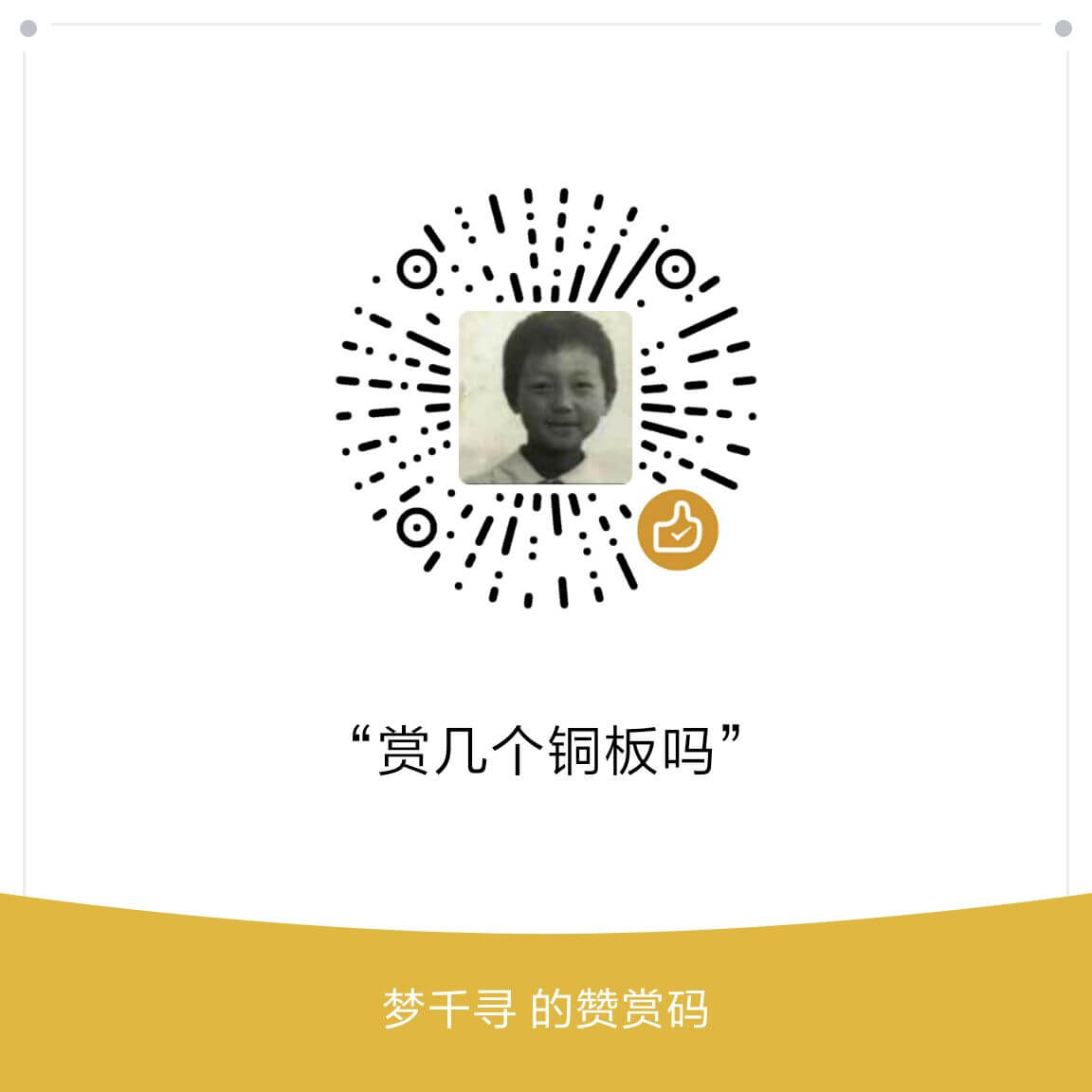埃塞武训的漫漫旅程
韩瑞国·译
阿斯法·耶米鲁(Asfaw Yemiru)估摸,从他们村布尔加到首都亚的斯亚贝巴有75英里,要走需要很长的时间。上次他和11个兄弟去那里当教堂助祭,一家人骑着毛驴走了两天。现在年仅9岁的他要光脚走到。
兜里只有5毛钱,他也没有告诉父母自己要离开。村上除了让他上牧师学校外帮不了什么忙,在那样的学校只能读些宗教书,毕业后会像父亲一样,做名科普特基督教牧师。亚的斯亚贝巴则充满各种机会,因此他要去那里。
结果并非所愿,他成了搬运工,幼嫩的肩上跳着竹竿搬运重物。但在绝大部分时间,他和其他孩子一样,成群结队在街头流浪,在圣乔治大教堂的教堂院子里乞讨,并在那儿睡觉。有一天他时来运转,一位富有的土耳其妇女的奶酪从篮子里掉了下来,他连忙跑过去帮她捡起来。这位妇女便雇他做勤杂工,打水劈柴,但他可以上正规的小学了。
自此前程得以彻底改变。他顺利通过各种考试,获得温盖特(General Wingate)寄宿学校的奖学金。起初,由于他流落街头,位子让一位有钱人的孩子顶了。但阿斯法勇敢地去找学校校长,他满身灰尘,光着脚板,裹着破毯,在校长面前背诵精心准备的英语句子:“My name is Asfaw Yemiru. I am here to learn(我叫阿斯法·耶米鲁,想来这里上学)”。校长立刻收留了他。
这些机会的种子发芽成长,如今成为埃塞俄比亚最好、最有名的贫民学校——阿斯拉 哈瓦里亚特(Asra Hawariat)学校,校名的意思是“使徒的脚步” 。到2020年,超过12000名街头儿童在这所学校学习过。他们在这里学习阅读、写作和算数,还学习英语、历史和地理。此外,他们还学习如何种菜、养鸡、做锅,在阿斯法自制的织布机上如何织布,一句话,就是学习谋生的本领。作为助祭他接受的培训并不多,但有一种信念却坚定无比:把自己的所得回报给他人。
温盖特学校让他更加清楚这种使命。在那里他十分震惊地看到餐厅的剩余食物被工作人员掩埋或焚烧。他开始把这些食物分发给站在校外乞讨的孩子,但他们需要的不仅仅是食物,他们还要他叫他们读书。于是,在彼得罗斯和保罗教堂墓地的树下,他开始教他们读书。那年他只有14岁,比急切地坐在他前面看他用粉笔在黑板上书写字的那群小学生高不了多少。雨时长时短,他们只好挤在教堂低矮的罩棚下面,有时还挤进大人物坟墓的壁龛里。晚间,许多小孩就睡在那里。
耶米鲁给孩子们教课的消息很快传开了,所有的穷人都可以去上,而且是免费的。到1960年,他的课堂有了将近300名学生,来自全市各个地方,甚至还有更远的地方,教会的管理人员开始抱怨。1961年,海尔·塞拉西(Haile Selassie)皇帝给他拨出一块长满桉树的土地,就在温盖特(Wingate)学校的旁边。在孩子们的帮助下,他在那里建了一所学校。从此,这所学校就在这里生根发芽,茁壮成长。
最初的建筑十分难看,墙用破砖和桉树板条砌成,一切都那么单薄。在校园内部,十间教室用齐腰高的隔板分开,这样一名教师可以负责三个班(好教师很难找)。教室里的架子和柜子都能折叠起来变成床。打开门闩,你会看到一条皱巴巴的毯子,上面坐着一位正在读书的小姑娘。或许一个男孩像猫一样从天花板附近掉下来,满脸笑容。有人感到震惊,说阿斯拉 哈瓦里亚特(Asra Hawariat)学校其实就是几间棚屋。但这些棚屋却变成64间教室,还有图书馆和相应的宿舍。不管外表如何,他都不在乎,他的唯一想法就是教学。
上学的学生并不一定是孤儿,他们只是埃塞俄比亚庞大儿童人口的一部分,还有三分之一孩子的父母无力供他们上学。下课后,他们仍然会像耶米鲁当年一样,去搬东西,擦鞋等。为了确保他们能继续读书,他做了许多家访,给学生家长送钱,送牛奶以及学校种植的蔬菜。这种做法似乎很管用。
这种热切的精神成为他做事的特征。学校要扩大规模时,他步行往返哈拉尔,穿越629英里宽的沙漠,以此来筹集资金。学校原址的土地,就是他以一种危险而由来已久的方式获得的。当时塞拉西皇帝正在视察温盖特学校,他扑到在皇帝的豪华车队前,高喊“给我们点土地!”,皇帝同意了。亚的斯亚贝巴市长拖着不办,他每天就来市长办公室找。朋友们提请他,不要忘记青蛙和狮子的故事。青蛙太吵,狮子都会吃掉它。但他对此一笑置之,为了教育值得吵闹。
让他感动还有运气,或者说上帝的祝福。常常急需用钱时,总会出现某些奇迹。有一次,国家彩票组织将无人认领的奖金赠送给他。还有一次,温彻斯特学院给他寄来资金,温盖特学校校长还免除了他的债务。皇帝本人突然给给他颁发1万美元的奖金,还给他一块林地作为第二校区。2001年,他被授予世界儿童奖。
他很高兴,成功也让他困扰。年复一年,他的学校都在标准8级毕业考试中取得最高的通过率。然而,如果学生们忘记自己的来处,毕业证书及上大学都没有什么用处。他们必须对社会有用,也许是教他们周围成年文盲识字,或者教父母文化。他们必须努力缩小贫富之间的巨大差距。
海尔·塞拉西两次视察他的学校,这时两个世界走在了一起。卫兵们戴着漂亮的木髓头盔,穿着白色礼服的小姑娘给皇帝送上鲜花。但这座学校的校长却与往常一样,光脚走路。从家乡布尔加到亚的斯亚贝巴,旅程漫漫,他就是这样走的。
埃塞俄比亚贫民教育家阿斯法·耶米鲁于2021年5月8日逝世,享年78或79岁。
【英国《经济学人》2021年5月22日】
附原文:
The long walk
Asfaw Yemiru, teacher of Ethiopia’s poor, died on May 8th, aged 78 or 79.
It would take a long time, Asfaw Yemiru reckoned, to walk the 75 miles from his village in Bulga to Addis Ababa. The family had last gone by donkey, so that he and his 11 brothers could be made deacons in the cathedral. That trip had taken two days. He was going barefoot now, and he was only nine.
He had 50 cents in his pocket, and had not told his parents he was leaving. But the village offered him nothing except priest school, where he would learn to read religious books and, very probably, become a Coptic priest like his father. Addis jumped with possibilities, so away he went.
It was not quite as good as he imagined. He found work as a bearer, toting loads on a pole over his small shoulder. But much of the time, like the other swarming street children, he begged and slept in the church yard of St George’ s cathedral. His lucky break came when, one day, a rich Turkish lady dropped cheeses from her basket and he raced to pick them up. She took him on as her general skivvy and, between fetching water and chopping wood, he could go to proper primary school.
That made the difference. Life opened up. He sailed through all his tests, and won a scholarship to the General Wingate boarding school. At first, being a street child, his place was given to a rich boy. But he presented himself to the headmaster, barefoot, dusty and wrapped in a blanket, and recited the English words he had carefully rehearsed: “My name is Asfaw Yemiru. I am here to learn.” Immediately, the head took to him.
From those chance seeds grew one of the best and most famous schools in Ethiopia, the Asra Hawariat School for the poor. Its name meant “Footsteps of the Apostles” . By 2020 more than 120,000 boys and girls, saved from the street, had passed through it. They learned the three Rs , English, history and geography, as well as how to grow vegetables , raise chickens, make pots and weave on looms Asfaw had made himself—in short, to make a living. His deacon-training had been brief, but one firm strand remained: to give what he had received back to others.
Wingate school made him well-aware of that command. There he was horrified to see that dining-room leftovers were buried or burned by the staff. He began to distribute them instead to the children who stood outside to beg. But it was not simply food they needed. They wanted him to teach them, and so he started, under the trees in the churchyard of Petros and Paulos, when his own lessons were over. He was only 14 himself, not much taller than the crowd of pupils who sat eagerly in front of him and watched the board on which he chalked up letters. In the long and short rains they had to huddle under the church’s lower canopy or in the niches of big people’s tombs. At night, many children slept there.
Word of his lessons spread. They were open to all the poor, and free. By 1960 there were almost 300 in his classes, from all over the city and even beyond it, and the church administrators began to complain. In 1961 the emperor, Haile Selassie, gave him land, just beside Wingate and thick with eucalyptus trees. There he built a school with the children’s help. It took root and flourished.
The first buildings were not much to look at. Their walls were made of broken brick and eucalyptus laths, and everything was flimsy. Inside, the ten classrooms were divided from each other only by waist-high partitions, in case one teacher had charge of three classes. (Good teachers were hard to find.) The shelves and cupboards in the classrooms doubled as bunks. If you opened a latch, you might find a crumpled blanket and a small girl reading. Or a boy might suddenly drop from near the ceiling like a cat, broadly smiling. Some people, shocked, said Asra Hawariat was just a set of shacks. But it became 64 classrooms, with a library wing and proper dormitories. Whatever it looked like, he didn’t care; his only point was education.
Not all his pupils were orphans. Many were simply part of the huge child population in Ethiopia, still a third of it, whose parents could not afford to send them to school. After lessons they would still go off, to carry loads, as he had done, or shine shoes. To make sure they stayed at school, he made house calls and gave the parents cash, milk and school-grown vegetables. It seemed to work.
That eager spirit marked him. When he needed to expand his school he raised money by walking to Harar and back, 6 20 miles across desert. He had gained the original site in the dangerous, time-honoured way of throwing himself in front of the emperor’s limousine as he visited Wingate, shouting “ Give us land!”—and the emperor agreed. When the mayor of Addis held things up, he loitered by his office every day to pester him. Friends would remind him of the tale of the frog and the lion: when the frog did too much croaking, the lion ate it. He laughed that off., since education was worth making a noise about.
He also felt touched by luck—or the blessing of God. Whenever he was desperate for money, which was often, something turned up. Once he was given the unclaimed prize money from the national lottery. Another time, Winchester College sent him money, and the headmaster of Wingate wiped out his debts. The emperor himself suddenly gave him a prize of $10,000, as well as a piece of forest land for a second campus. In 200 1 he was awarded the World’s Children’s Prize.
He was pleased, but success also bothered him. Year after year his school achieved one of the highest pass rates in the Standard 8 graduating exams. Yet no good lay in certificates and university if pupils then forgot where they had come from. They had to be socially useful, perhaps teaching illiterate adults they knew, or instructing their own parents. They had to work to narrow the vast gap between the rich and the poor.
Those worlds came together when, on two occasions, Haile Selassie visited his school. Guards attended in smart pith helmets, and little girls in white dresses gave the emperor flowers. But he, the principal, went barefoot, as he usually did; as he had done on his long, long walk from Bulga to Addis Ababa.
END
译/者/简/介
zuozhejianjie
韩瑞国(笔名:林戈寒,英文Ringohan),陕西乾县大杨镇人,电力企业退休职工,翻译爱好者。
 英语学习网站
英语学习网站
